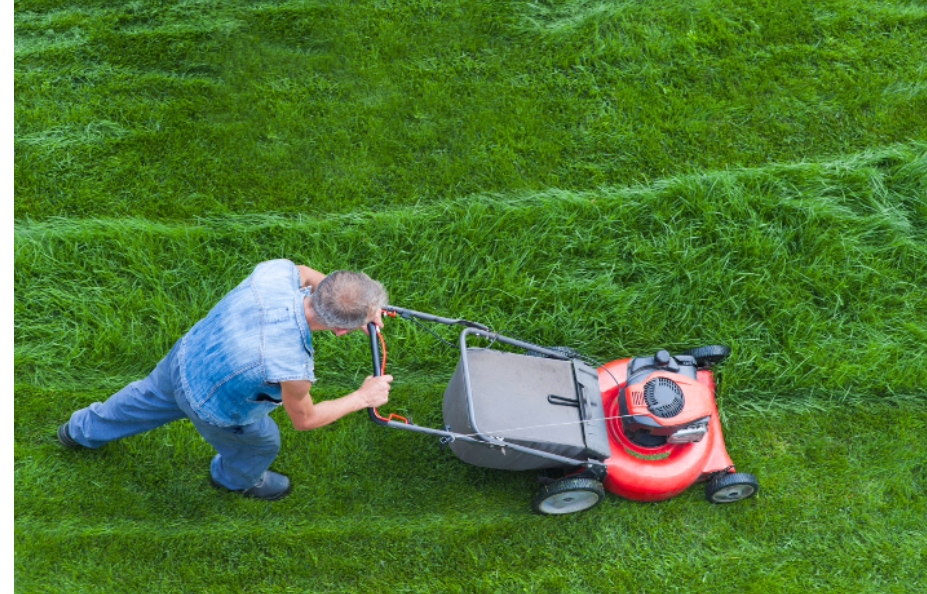There’s nothing quite like the blissful relaxation of soaking in a spa at the end of a long day. Owning a spa can dramatically enhance your lifestyle, whether for therapeutic purposes, entertaining guests, or simply unwinding. But before you start daydreaming about warm jets and scented bubbles, it’s essential to understand the ins and outs of spa installation.
Proper installation ensures that your investment pays off in comfort, safety, and longevity. This guide will provide the most critical tips for a smooth and stress-free spa setup.
1. Choose the Right Spa for Your Needs
Before you even think about installation, you need to choose the right spa. Consider the following:
- Purpose: Are you seeking the benefits of hydrotherapy, a social space for gatherings, or a romantic retreat?
- Capacity: How many people will regularly use the spa? Sizes vary from two-person models to large eight-seaters.
- Features: Think about jet configurations, LED lighting, Bluetooth connectivity, and energy-efficient systems.
- Type: Decide between portable spas, in-ground spas, inflatable hot tubs, or swim spas.
Matching the spa’s features with your lifestyle and budget sets the stage for a successful installation.
2. Select an Ideal Location
Location plays a pivotal role in spa installation. Your chosen site should be:
- Level and Stable: The foundation must be firm and level to support the weight of the spa, water, and occupants.
- Easily Accessible: It should be convenient to access year-round, considering privacy, weather, and aesthetics.
- Close to Utilities: Proximity to electrical and water sources reduces installation costs and complexity.
- Compliant with Local Codes: Ensure your location abides by setback regulations, safety codes, and HOA rules.
Pro Tip: Many homeowners prefer placing the spa near the back door for easy access, especially during colder months.
3. Prepare a Solid Foundation
A proper base is critical for supporting the weight and preventing structural damage over time. Depending on your setup, here are a few foundation options:
- Concrete Slab: The most durable and recommended choice. It should be at least 4 inches thick and reinforced.
- Prefabricated Spa Pads: Easier to install and made of composite materials—great for portable spas.
- Paver Stones or Gravel: Suitable for lightweight spas but may require a compacted base to remain level.
Avoid placing your spa directly on soil or grass, as these surfaces can shift, causing imbalance and potential damage.
4. Hire a Licensed Electrician
Most spas require a dedicated electrical circuit, and improper wiring can pose serious safety hazards. A licensed electrician ensures:
- Code Compliance: They are familiar with NEC (National Electrical Code) and local requirements.
- GFCI Protection: A ground fault circuit interrupter protects users from electrical shock.
- Proper Load Capacity: Ensures your home’s electrical system can handle the added demand.
Attempting DIY electrical work is not only risky—it could void your spa’s warranty.
5. Understand Water Access and Drainage
Your spa needs a convenient water source and an efficient drainage plan. Here’s what to keep in mind:
- Filling: Most spas can be filled with a garden hose, but make sure your hose is long enough and nearby.
- Draining: You’ll need to periodically drain and refill your spa for maintenance. Choose a location where water runoff won’t damage landscaping or flood neighboring properties.
- Backflow Prevention: Check if local codes require a backflow preventer on your hose bib.
A little foresight here can prevent future headaches.
6. Plan for Delivery and Access
Spa delivery logistics often go overlooked but can make or break your installation day. Consider:
- Clear Pathways: Ensure there’s enough space (typically 36″ or more) between obstacles like fences, gates, and AC units.
- Elevations: Will stairs, slopes, or decks impede access? If so, you might need a crane.
- Staging Area: Have a flat area ready where installers can place the spa temporarily during positioning.
Communicate clearly with your dealer and installers to confirm delivery conditions well in advance.
7. Check Permitting Requirements
Depending on your municipality, spa installation may require building or electrical permits. These rules vary widely, so always check with:
- Your Local Building Department
- Homeowners Association (HOA)
- Zoning Regulations
Failure to obtain the proper permits could result in fines, forced removal, or difficulties when selling your home.
8. Think About Safety and Enclosures
Safety is a vital part of a spa installation plan. Here’s what to consider:
- Covers: Invest in a quality, locking spa cover to retain heat and keep children or pets out.
- Fencing: Some regions require fencing around outdoor spas, similar to pool safety laws.
- Steps and Rails: Ensure safe entry and exit with sturdy steps and handrails.
Incorporating safety from the start protects your family and ensures compliance with regulations.
9. Factor in Landscaping and Aesthetics
A spa should integrate into your outdoor space both functionally and visually. Ideas include:
- Privacy Screens: Use trellises, pergolas, or tall shrubs to create a secluded oasis.
- Deck Integration: A custom deck around your spa enhances accessibility and visual appeal.
- Lighting: Add pathway and ambient lighting for safe nighttime use and atmosphere.
- Storage: Consider where you’ll keep chemicals, towels, and accessories.
The better your spa blends with the landscape, the more enjoyable and inviting it becomes.
10. Understand Maintenance from Day One
Proper spa maintenance starts the moment it’s installed. Get familiar with:
- Water Chemistry: Regularly test and balance pH, alkalinity, sanitizer, and calcium hardness.
- Filter Care: Clean or replace filters according to the manufacturer’s instructions.
- Shock Treatments: Keep water clear and clean by periodically “shocking” with oxidizers.
- Cover Cleaning: Rinse and condition your spa cover to prolong its life.
Ask your installer for a hands-on walkthrough to understand startup procedures and ongoing care.
11. Budget for Total Installation Costs
Beyond the purchase price of the spa itself, budget for:
- Electrical Work: Costs vary depending on distance to the panel and load requirements.
- Foundation Construction: A concrete pad typically ranges from $500–$2,000.
- Permits and Fees: These can vary from $50 to several hundred dollars.
- Delivery and Crane Rental (if needed): This can be a significant extra cost if not accounted for upfront.
Being prepared financially ensures no surprises derail your stress-free spa installation experience.
Final Thoughts
A successful spa installation hinges on careful planning, attention to detail, and a willingness to follow best practices. From choosing the right model to securing permits, setting the foundation, and preparing for maintenance, each step contributes to a seamless setup process.
The result? A personal retreat where you can relax, recharge, and indulge in the luxury of hydrotherapy without worry. Whether you’re installing a spa for therapeutic relief, social enjoyment, or personal pleasure, the right approach will reward you with years of enjoyment.
So, take a deep breath, do your homework, and get ready for the most relaxing addition to your home yet.





